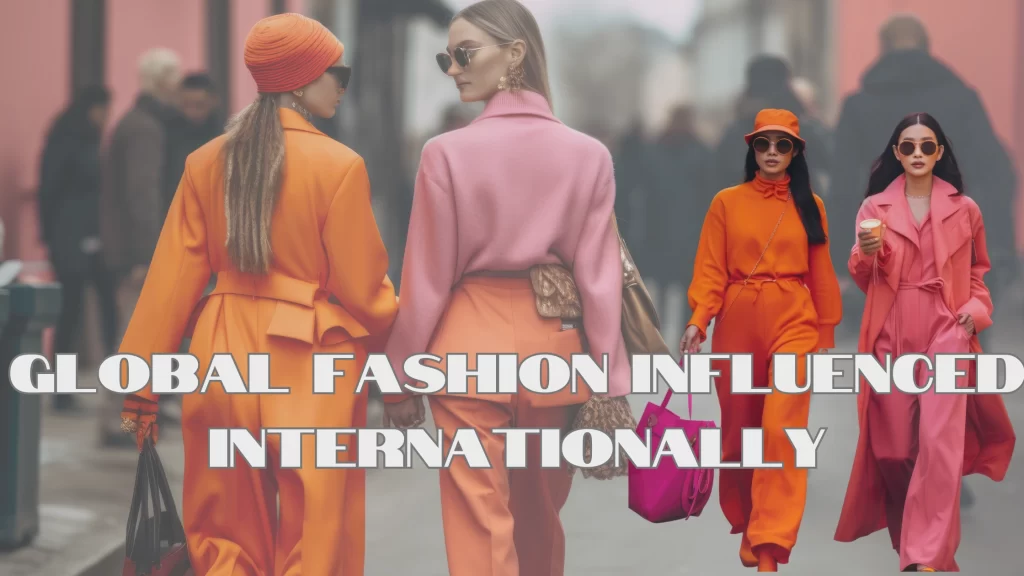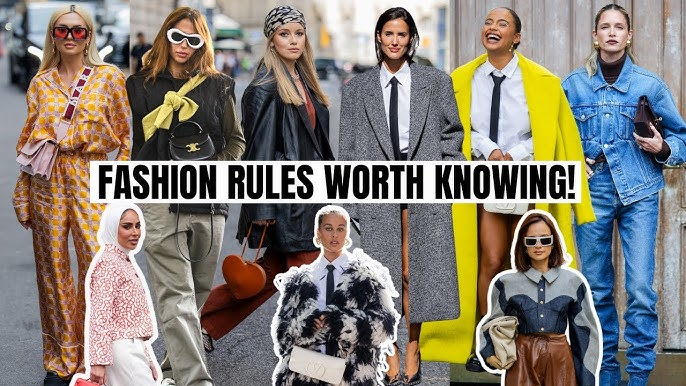Now Reading: How Philanthropy and Fashion Are Transforming the World Today 2025
-
01
How Philanthropy and Fashion Are Transforming the World Today 2025
How Philanthropy and Fashion Are Transforming the World Today 2025
Table of Contents
Fashion is no longer just about style or personal expression. Over the past decade, it has evolved into a powerful platform for change. Designers, brands, and influencers around the world are increasingly using fashion to support philanthropic causes, create awareness, and drive social impact. From charitable collaborations to sustainable initiatives, the fusion of fashion and philanthropy is reshaping the industry and inspiring communities globally.
Fashion as a Platform for Social Change
Fashion has always been more than clothing it is a statement of culture, identity, and creativity. Today, it has become a tool for raising awareness about pressing social issues. Luxury brands and independent designers alike are supporting causes such as education, women’s empowerment, environmental conservation, and health initiatives.
For instance, international fashion houses often dedicate part of their revenue from special collections to charities. These collaborations not only contribute financially but also highlight important global challenges to millions of followers. This strategy allows fashion brands to merge creativity with purpose, transforming consumer interest into meaningful action.
Celebrity Influence and Philanthropy in Fashion
Celebrities and influencers play a significant role in connecting fashion with philanthropy. High-profile figures such as Rihanna, Beyoncé, and Victoria Beckham have used their platforms to launch fashion lines tied to charitable causes. When celebrities endorse a cause through fashion, it brings global attention and drives substantial support for charities.
Moreover, fashion shows and events now frequently feature charity auctions, with proceeds going toward social causes. These initiatives not only raise funds but also promote a culture of giving among the audience, demonstrating that fashion can be a force for good beyond aesthetics.
Sustainable Fashion as Philanthropy

Sustainability has become a key element of philanthropy in the fashion industry. Brands are increasingly adopting eco-friendly materials, ethical production practices, and circular fashion models to reduce environmental impact.
Many companies partner with organizations that support communities affected by climate change or poverty. For example, some brands work with artisans in underprivileged regions, ensuring fair wages and safe working conditions. By integrating philanthropy into sustainability, fashion contributes to social and environmental well-being simultaneously, appealing to conscious consumers who care about both style and impact.
Fashion Weeks and Philanthropic Campaigns
Major fashion weeks in cities like Paris, Milan, and New York are also embracing philanthropy. Designers are incorporating charitable themes into runway shows, while some fashion weeks dedicate events entirely to raising awareness for humanitarian or environmental issues.
These campaigns often include collaborations with NGOs, fundraising activities, and public engagement programs. By blending glamour with goodwill, fashion weeks are proving that the industry can inspire positive societal change while maintaining its creative allure.
Community-Driven Initiatives
Philanthropy in fashion is not limited to high-end brands and celebrities. Many local designers and startups are integrating social impact into their business models. Community-driven initiatives, such as pop-up shops for charity or limited-edition collections supporting local causes, demonstrate how fashion can directly impact society at a grassroots level.
Additionally, crowdfunding campaigns in collaboration with fashion projects allow individuals to contribute to meaningful causes while enjoying unique and stylish products. This democratization of philanthropy through fashion is making charitable giving more accessible and engaging for the general public.
The Role of Consumers

Consumers also play a crucial role in this evolving landscape. Modern buyers increasingly prefer brands that prioritize ethical practices, transparency, and social responsibility. By supporting philanthropic fashion, consumers help amplify the impact of charitable initiatives.
Many brands now communicate their social commitments through marketing campaigns, social media, and product labeling. This transparency strengthens consumer trust and encourages a cycle of responsible consumption, where fashion is appreciated not only for beauty but also for its positive contributions to society.
Challenges and Opportunities
Despite these advancements, integrating philanthropy into fashion comes with challenges. Brands must ensure genuine commitment to social causes rather than superficial “greenwashing” or “charity-washing.” Authenticity is key, as consumers are increasingly savvy and can distinguish between real impact and marketing tactics.
However, the opportunities are immense. Fashion’s global reach allows it to address critical issues effectively, combining creativity, influence, and resources. As brands, designers, and consumers collaborate, fashion can become a powerful force for philanthropy, bridging the gap between style and social responsibility.
Conclusion
The intersection of fashion and philanthropy represents a meaningful shift in the industry. It is no longer enough to create beautiful clothing; modern fashion is expected to inspire, support, and drive change. From celebrity campaigns to sustainable practices and community-driven initiatives, the industry is demonstrating that style and social impact can coexist harmoniously.
As consumers become more conscious of the world around them, the demand for philanthropic fashion will continue to grow. By blending creativity with compassion, fashion is proving that it can do more than dress the world—it can help make it a better place.
READ MORE:- Shobha Realty Launches Its Most Luxurious Project Yet—Full Details Inside 2025






















